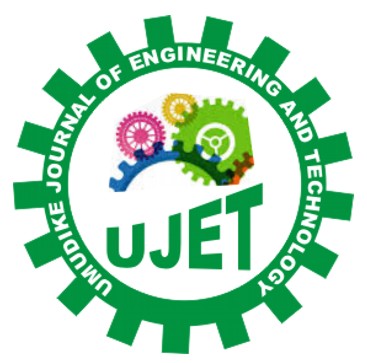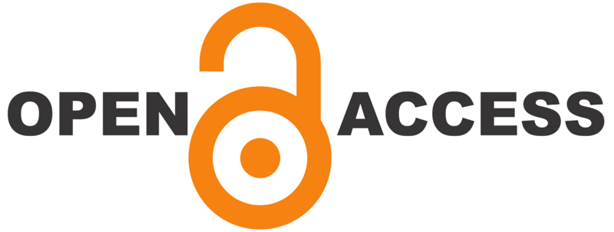|
Abdulmalik, Z. H.
Department of Water Resources and Environmental Engineering, University of Ilorin, Ilorin, Nigeria.
Salami, A. W.
Department of Water Resources and Environmental Engineering, University of Ilorin, Ilorin, Nigeria.
Adeogun, A. G.
Department of Civil Engineering, Kwara State University, Malete, Nigeria.
ABSTRACT
The use of hydrologic
models to predict the relevant processes occurring within a catchment will
serve as a veritable tool for water managers and planners for a sustainable
management of water resources especially in the absence of quality and reliable
data. The Soil and Water Assessment Tool (SWAT), a physically based
semi-distributed hydrological model interfaced with MapWindows GIS software was
used to simulate the different components of water balance and estimation of
water yield of the Lower Benue River Basin in Nigeria. Climate data of three
weather stations; Lokoja, Makurdi and Ibi located close to the catchment were
used to simulate the stream flow of the catchment. The model was calibrated and
validated using measured streamflow at Makurdi gauging station and subsequently
used to predict the water balance and water yield of the catchment. Model
evaluation gave R2 value of 0.79 and RSR of 0.45 for the calibration
period, while R2 of 0.74 and RSR of 0.51 were recorded for
validation of the model indicating a reasonable agreement between the measured
and simulated flows. The prediction of water balance showed that more than a
third of the water loss from the catchment is due to evapotranspiration.
Sub-surface flow accounted for over 50% of the water balance simulation, while
stream flow yielded only 10% as a result of the shallow slopes of the study
area. The maximum water yield recorded in the study area occurred in 2009 with
a value of 162,862mm representing 8.74% for the 20 year period while the lowest
water yield for the period occurred in 2015 with 45,458mm representing 2% of
the total water yield for the period. Overall, results show a progressive
reduction in streamflow and precipitation since 2012 in the catchment and 2015
recorded the least values for the period of study. These findings show that
SWAT is a viable tool for predicting future scenarios for water resources
management in the catchment.
Keywords: Calibration, Hydrological modeling, River Benue, Stream flow, Sustainable water management, SWAT
https://doi.org/10.33922/j.ujet_v5i1_8
|
View: 394 | Download: 19
Published
Saturday, September 14, 2019
Issue
Vol. 5 No. 1, JUNE 2019
Article Section
GENERAL
The contents of the articles are the sole opinion of the author(s) and not of UJET.
|


